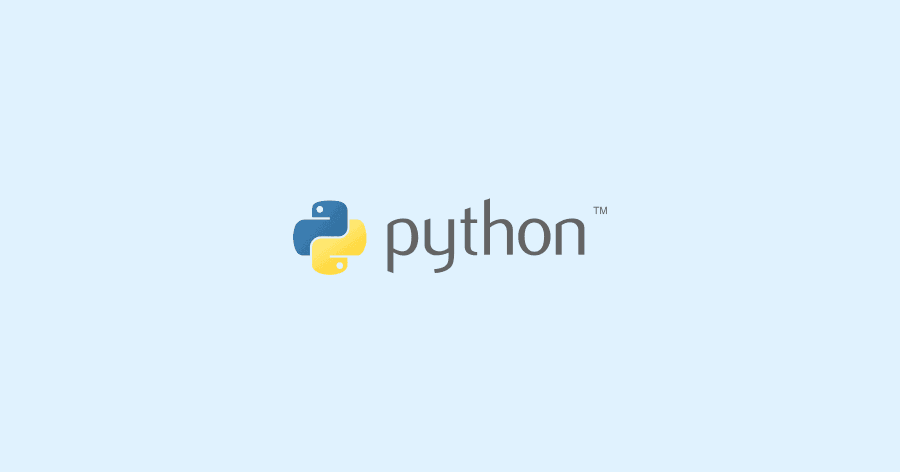Python 클래스 딕셔너리처럼 만들기 (매직메소드 활용)

목차
Python Dictionary
Python의 dict 클래스는 Key-Value 데이터를 저장하는 데 사용됩니다. 사전(dictionary)이라는 명칭 그대로, 데이터 저장과 검색에 최적화되어 있습니다. dict 클래스는 해시 테이블을 기반으로 하여 O(1)의 시간 복잡도로 데이터를 검색할 수 있어 매우 효율적입니다.
Dictionary 이야기를 하려는 것은 아니고 Python의 클래스를 dict 처럼 만들어 사용할 수 있는데 문득 이 내용을 가볍게 정리하고 싶어 포스팅합니다.
기본 Class
다음과 같은 클래스가 있다고 가정해봅니다.
class ImClass:
def __init__(self, attribute_1, attribute_2):
self.attribute_1 = attribute_1
self.attribute_2 = attribute_2
class_1 = ImClass("a", "b")
print(class_1.attribute_1)
print(class_1.attribute_2)속성 접근 변경 (__getitem__, __setitem__)
Python 객체에서는 인스턴스.속성명 으로 속성에 접근할 수 있습니다. 이것을 dict 에서처럼 인스턴스[”속성명”] 으로 접근가능하도록 만들어보고 싶습니다.
__getitem__ 과 __setitem__ 을 사용하면 가능합니다.
class ImClass:
def __init__(self, attribute_1, attribute_2):
self.attribute_1 = attribute_1
self.attribute_2 = attribute_2
def __getitem__(self, key):
return getattr(self, key)
def __setitem__(self, key, value):
setattr(self, key, value)
class_1 = ImClass("a", "b")
# Dictionary처럼 사용
print(class_1["attribute_1"]) # "a"
print(class_1["attribute_2"]) # "b"
# Dictionary처럼 값 설정
class_1["attribute_1"] = "c"
print(class_1["attribute_1"]) # "c"
__getitem__ 는 클래스가 dict처럼 속성에 접근할 수 있도록 해줍니다.
__setitem__ 는 클래스가 dict처럼 속성의 값을 변경할 수 있도록 해줍니다.
dict처럼 사용할 수 있게 변경해도 여전히 class_1.attribute_1 처럼 사용하는 것도 유효합니다.
반복 가능 객체로 변경
dict의 또 하나의 특징은 반복문에서 사용이 가능합니다. 반복문에서 사용할 수 있으려면 Iterable 객체여야 합니다.
__iter__ 와 iter() 를 사용하면 아주 쉽게 가능합니다.
class ImClass:
def __init__(self, attribute_1, attribute_2):
self.attribute_1 = attribute_1
self.attribute_2 = attribute_2
def __getitem__(self, key):
return getattr(self, key)
def __setitem__(self, key, value):
setattr(self, key, value)
def __iter__(self):
return iter(self.__dict__)
def __len__(self):
return len(self.__dict__)
# 사용 예시
class_1 = ImClass("a", "b")
# 반복문 사용
for key in class_1:
print(f"{key}: {class_1[key]}")
# 길이 확인
print(len(class_1)) # 2
__len__ 은 속성의 길이를 측정할 수 있도록 해줍니다.
마무리
파이썬 클래스를 딕셔너리처럼 만드는 방법을 매직메소드(dunder메소드)를 이용해서 만들어보았습니다. 실무에서는 다음과 같이 활용했습니다. FastAPI에서 API 응답을 통일하기 위해 인터페이스를 만들고 dict처럼 변경했습니다. FastAPI API응답은 dict로 가능하기 때문입니다.
import json
from typing import Union
ResultType = Union[dict, list[dict], list, str]
class ResponseInterFace:
"""
Represents a response interface.
Attributes:
result (ResultType): The result of the response.
kwargs (dict): Additional keyword arguments for the response.
Methods:
to_dict(): Converts the response to a dictionary.
to_str(): Converts the response to a string.
"""
def __init__(self, result: ResultType, **kwargs) -> None:
self.result = result
self.kwargs = kwargs
def to_dict(self) -> dict:
"""
Converts the response to a dictionary.
Returns:
dict: The response as a dictionary.
"""
return {**self.kwargs, "result": self.result}
def to_str(self) -> str:
"""
Converts the response to a string.
Returns:
str: The response as a string.
"""
return json.dumps(self.to_dict(), ensure_ascii=False)
def __getitem__(self, key: str) -> Union[ResultType, str]:
return self.to_dict()[key]
def __iter__(self):
return iter(self.to_dict())
def keys(self):
return self.to_dict().keys()
def items(self):
return self.to_dict().items()
# example api
@router.get(
"/",
status_code=status.HTTP_200_OK,
)
async def get_foo(some: SomeDependency):
...
return ResponseInterFace(result=some, message="조회하였습니다.")